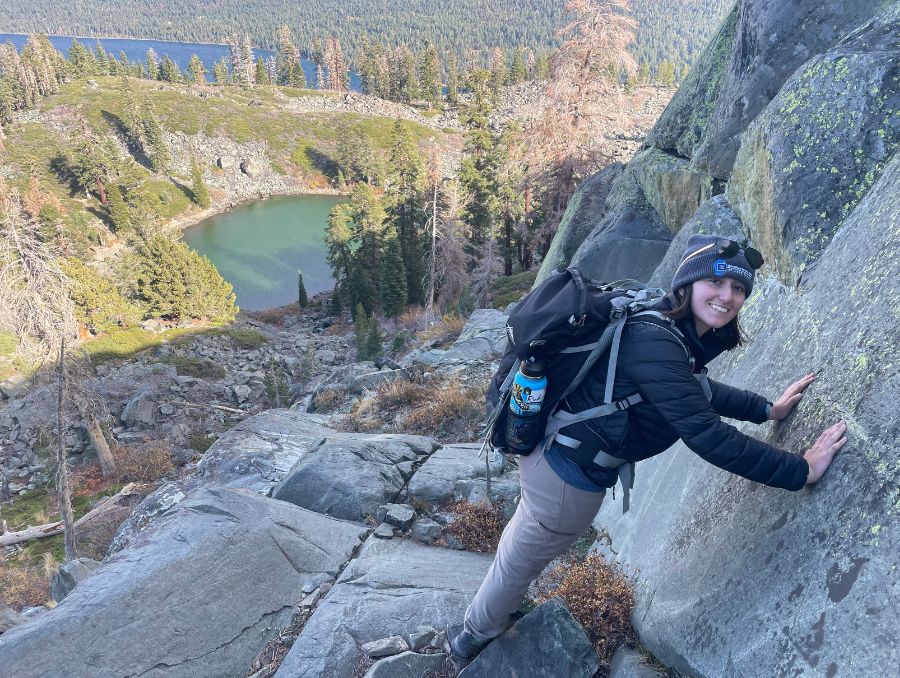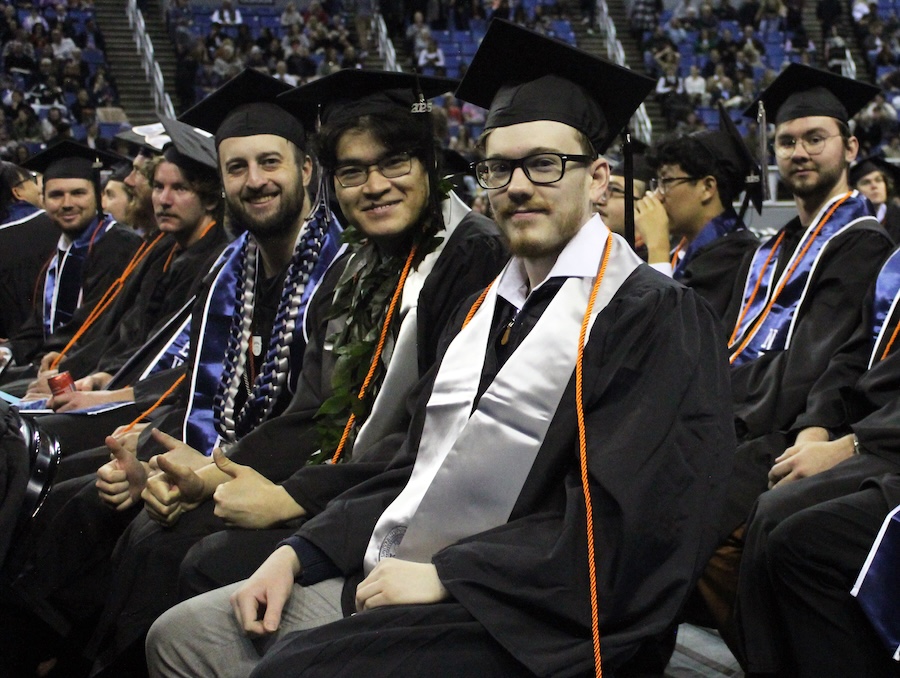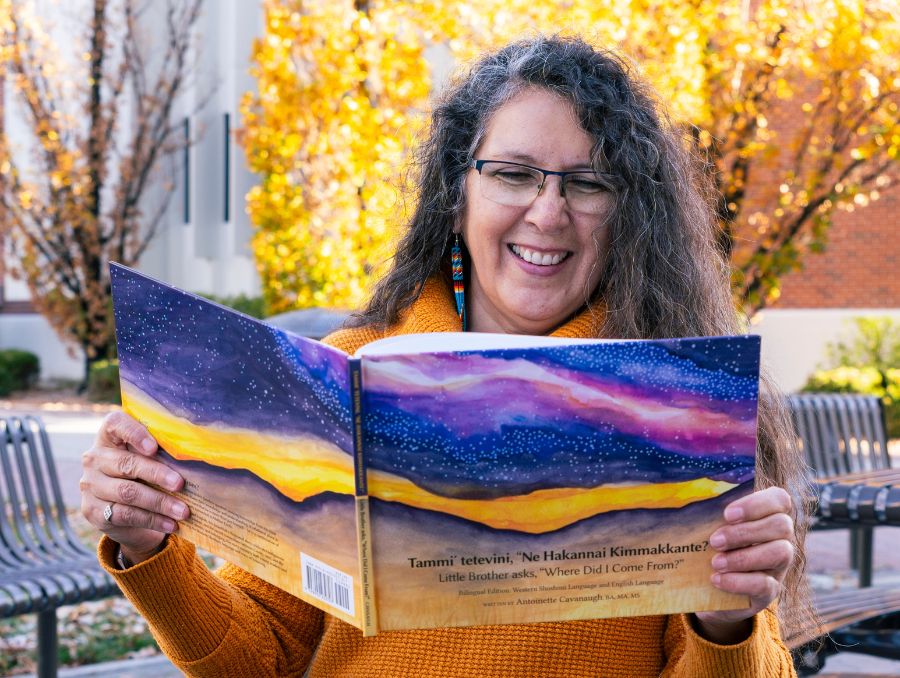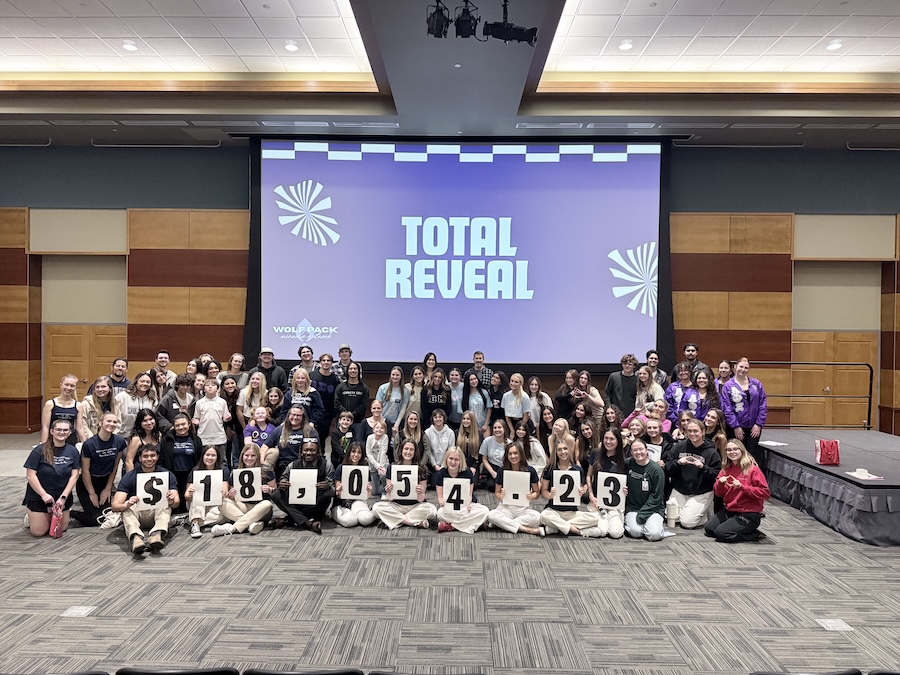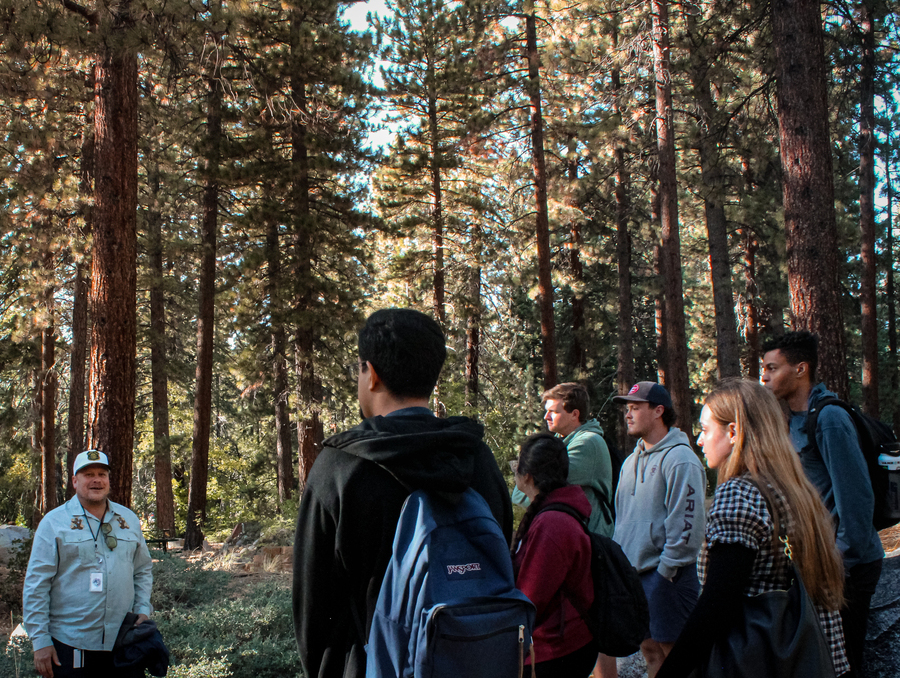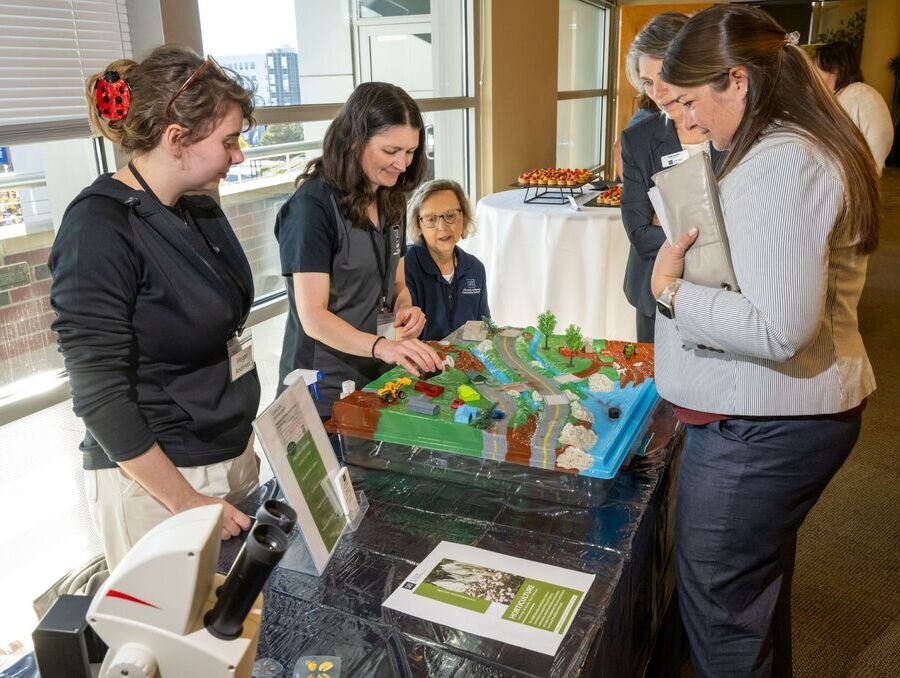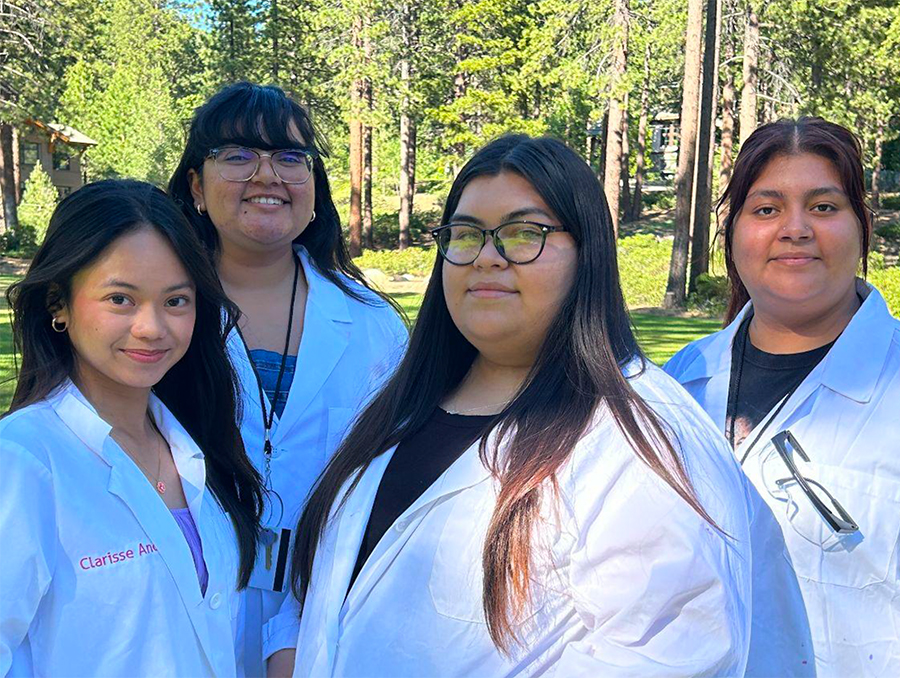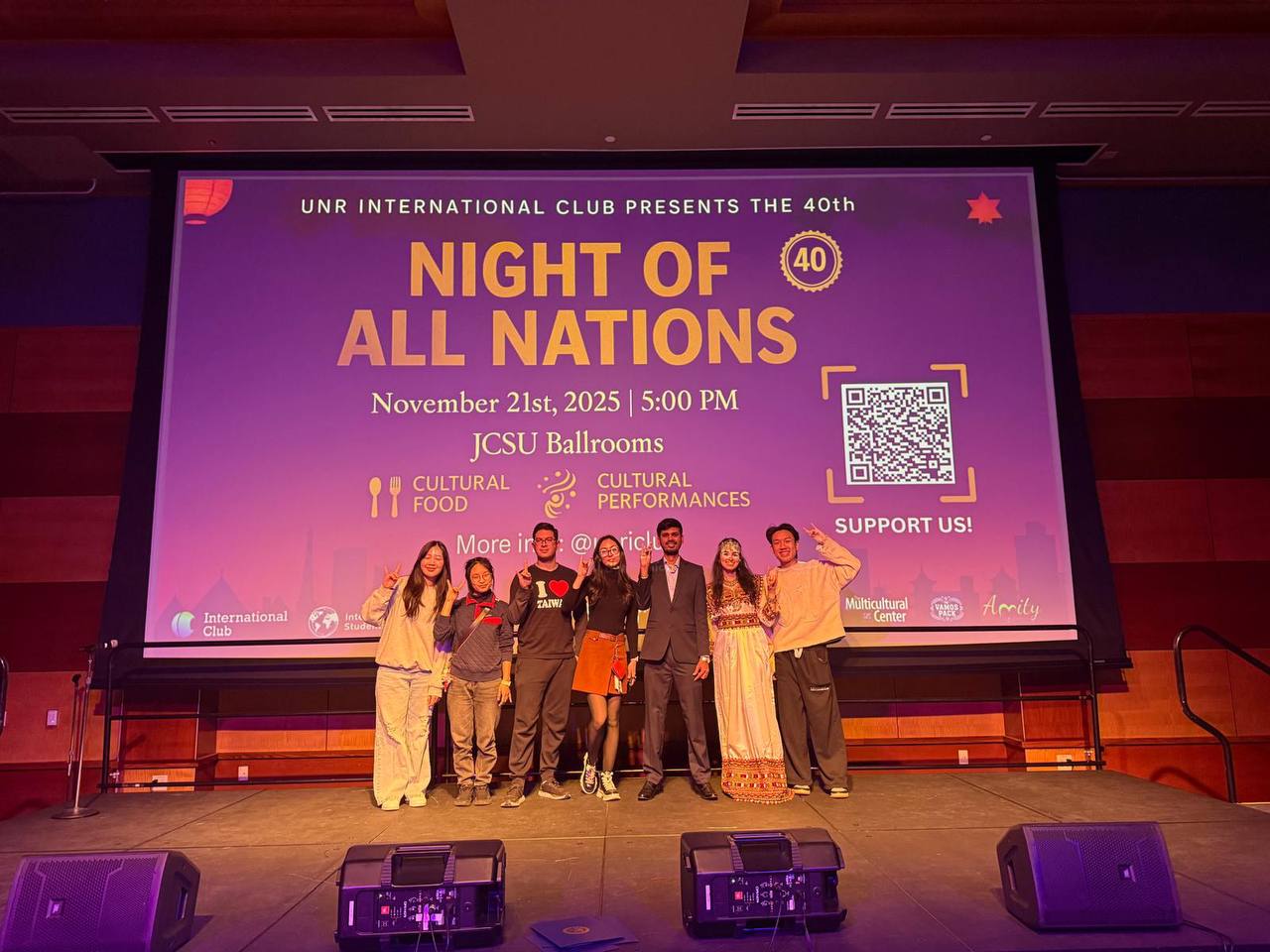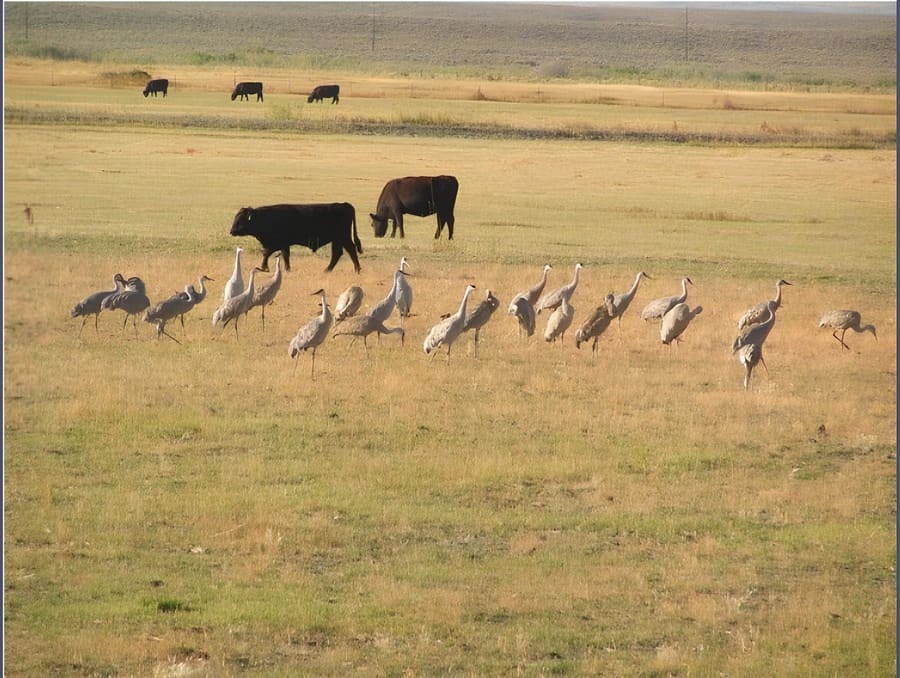Gigi Bucciachio wanted her college experience to be more than just lectures and textbooks — she had her heart set on the mountains and forests of Lake Tahoe to be her classroom. A legacy student from Sierra Nevada University, Bucciachio pursued a degree in environmental science, fulfilling her dream of hands-on, field-based learning in one of the most unique ecosystems in the world.
Exploring Pika populations in a changing climate
For the past year, Bucciachio has been deep in the backcountry of the Tahoe Basin, leading a research project that tracks how climate change is affecting pika populations. Pikas — small, mountain-dwelling mammals related to rabbits — are highly sensitive to temperature shifts, making them an important indicator species for climate change. Bucciachio’s research set out to answer a critical question: How does temperature and predation predict pika activity patterns in summer and fall? To find out, she placed 50 trail cameras equipped with temperature loggers across the Tahoe Basin. The cameras captured roughly one million images. Bucciachio then used an AI software called Megadetector to sort through the vast dataset. The findings were striking: As expected, hotter daytime temperatures restricted pika activity, as did high nighttime temperatures. However, one surprising trend emerged: in the fall, pika remained active at night regardless of temperature. Bucciachio hypothesizes that they may be prioritizing food caching for winter, even at the cost of expending extra energy—an adaptation that could put their survival at risk in an increasingly warming climate.
The role of mentorship and support
Faculty member Chris Smith helped Bucciachio secure funding for the cameras and provided crucial research direction. It was through Smith’s resources and mentorship that she was able to move forward with the project. “Working with Gigi was like working with a graduate student,” Smith said. “She is an incredibly hard worker, and spent weekends hiking in the mountains to check cameras (and getting nearly blown off a few), sorted almost 1 million photos with little supervision, and was adaptable even when things went wrong (like cameras taking 50000 photos of rocks!).”
Unexpected discoveries and a complex ecosystem
Beyond her core research on pika populations, Bucciachio’s cameras captured an incredible range of wildlife across the Tahoe Basin. Among the many species recorded, one image stood out—a possible sighting of the elusive Sierra Nevada Red Fox, a rare and threatened species in the region. While further verification is needed and currently under investigation with Tahoe Institute for Natural Science, the film capture was an exhilarating moment, highlighting the rich biodiversity of the Tahoe ecosystem. “My favorite part about researching in Tahoe is how complex the ecosystem is,” Bucciachio said. “From wetlands to forests, birds to hydrology, and even the impact of tourism—there’s so much to study. Learning about Tahoe’s logging history and urbanization added another fascinating layer to my research.”
Bucciachio credits her success to the hands-on learning and small class sizes at the University of Nevada, Reno at Lake Tahoe. “The close relationships I developed with my professors were invaluable,” she said. “Having that direct mentorship and being able to apply what I was learning in the field was crucial to my learning.” Bucciachio said she’s prepared her for the next step: graduate school at the University of Nevada, Reno, where she plans to continue her environmental research.
About the University of Nevada, Reno at Lake Tahoe
The University of Nevada, Reno at Lake Tahoe offers a unique educational experience, combining the resources of a Tier 1 research university with the personalized, experiential learning that defined the former Sierra Nevada University. Located on the shores of one of the world’s most iconic alpine lakes, the campus is a hub for environmental science, outdoor education, and sustainability studies. For students like Gigi, it’s more than just a place to earn a degree—it’s a gateway to groundbreaking research and a deeper connection to the natural world.
